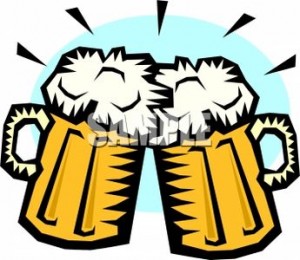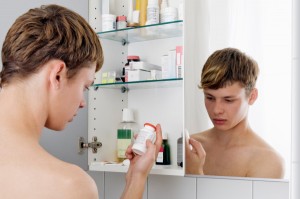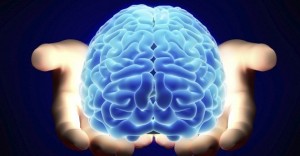A recent study by the Substance Abuse and Mental Health Services Administration (SAMHSA) revealed that since 1992 the number of older Americans being admitted into substance abuse treatment has nearly doubled. And even though alcohol remains the top reason for admission among this age group, the study showed a sharp rise since 1992 in the illicit drug abuse involving admissions and this older age group (ages 50 and older).
 Among this age group, admissions since 1992 due to heroin abuse more than doubled, cocaine abuse quadrupled, and prescription drug abuse rose from 0.7 percent to 3.5 percent. The study also found that admissions involving abuse of multiple substances nearly tripled from 13.7 percent to 39.7 percent since 1992. (Medical News Today)
Among this age group, admissions since 1992 due to heroin abuse more than doubled, cocaine abuse quadrupled, and prescription drug abuse rose from 0.7 percent to 3.5 percent. The study also found that admissions involving abuse of multiple substances nearly tripled from 13.7 percent to 39.7 percent since 1992. (Medical News Today)
While over three quarters of these admissions involved a primary use of a substance beginning by age 25, there was a significant increase in the proportion of admissions that involved a substance introduced within five years prior to admission. In 2008, cocaine abuse is an example of a leading cause of admission that older Americans reported having begin use within five years prior to admission. Prescription drug abuse was second.
Researchers for the study explained the findings as indication of “the changing scope of substance abuse problems in America.” It also raises new wellness concerns for the health and social services already providing assistance to seniors.
The study is also an example of the indiscriminate nature of substance abuse, and the need to de-stigmatize addiction in order to best treat those suffering and at-risk.

 SAMHSA conducted and analyzed a national survey for the study, “A Day in the Life of American Adolescents: Substance Use Facts Update,” which presented a bleak look at the daily toll that substance abuse has on America’s youth. The efforts are a part of a larger initiative, “designed to create an integrated data strategy that provides key public health information on a wide range of behavioral health issues.”
SAMHSA conducted and analyzed a national survey for the study, “A Day in the Life of American Adolescents: Substance Use Facts Update,” which presented a bleak look at the daily toll that substance abuse has on America’s youth. The efforts are a part of a larger initiative, “designed to create an integrated data strategy that provides key public health information on a wide range of behavioral health issues.”




